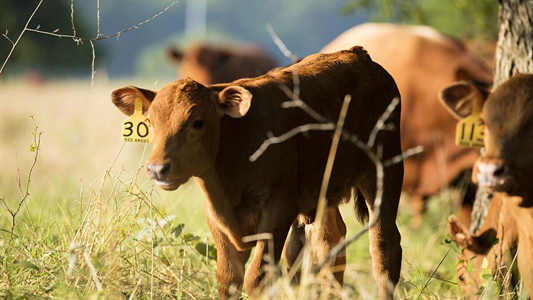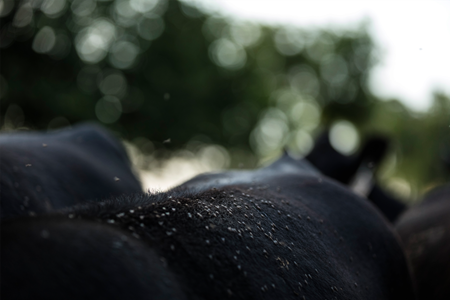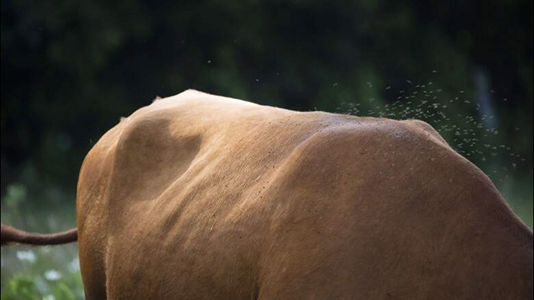
To maximize production on a beef operation, operators must have a comprehensive management plan in place. This starts with a thorough evaluation of your property and resources followed by setting feasible long-term goals. A successful management plan accounts for every moving part of an operation, knowing that they all work together to drive up production.
Read on to learn some of the best practices for maximizing the return on your beef cattle investment.
Proper Record Keeping
Keeping organized records will allow you to know if you're on track to meet your goals. Your records should include an annual inventory of your herd, cow ages, and calf data. Minimum calf data include ear tag numbers, date of birth, sex, birth weight, weaning weight, and color. This information will allow you to calculate pregnancy rates, calving rates, and weaning rates.
Routine Soil Analysis
Conducting routine soil tests on your pasture will provide you with up-to-date estimates of available nutrients in your soil along with accurate fertility recommendations.
Choosing the Right Cattle for Your Environment
One of the most important decisions related to cattle selection is finding a breed that is adapted to your production environment. Looking at traits related to reproduction, maternal ability, growth, and end-product are all essential for cow-calf operations. This information can be used to develop a crossbreeding program that aligns with your production goals.
Proper Foraging
It's important to choose forages that are adapted to the soil and other environmental conditions of your operation. Choosing the right forage for your operation will allow you to have more grazing days per year.
Maintaining Herd Health
The health program for your herd will vary based on the class of animals in your operation, so it's important to build a relationship with a local veterinarian to find one that fits all of your herd needs.
Controlled Calving Seasons
By implementing controlled calving seasons, you can prolong the health and breeding season of your herd. Calving within a 60 to 90 day period will increase the efficiency of your operation, saving you time and labor costs.
Start an IPM Program
Flies on beef cattle cause reduced weight gains, lower productivity, and decreased feed efficiency. To keep cattle performing their best and to maintain control of your bottom line, an integrated pest management (IPM) program should be put into place. An effective IPM program should include these three key components.


